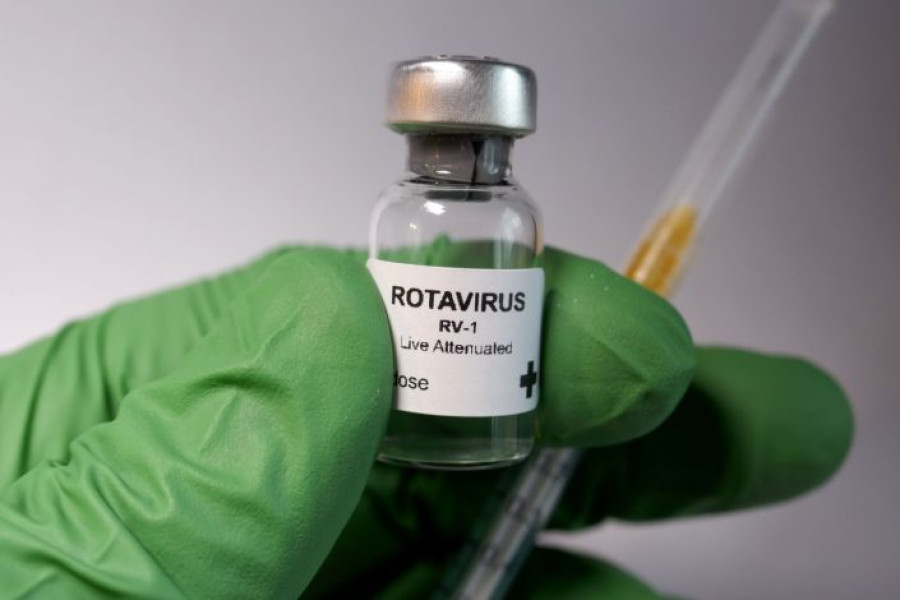Editorial
Treating diarrhoea once and for all
The government must introduce rotavirus vaccines without any delay if it is serious about decreasing child mortality owing to diarrhoea.
Two years have gone by since the government approved to introduce a rotavirus vaccine. Still, the plan now looks dicey after the Global Alliance for Vaccines and Immunization—primary aid agency that committed to providing the vaccines—raised questions about possible embezzlement and the local and provincial governments’ capacity to spend aid money. In 2013, rotavirus killed approximately 215,000 children under the age of five worldwide. That very year, an estimated 500 rotavirus deaths among children under five in Nepal were recorded.
Each year, many children are vulnerable to the harmful, sometimes even deadly effects of the virus. According to the National Demographic Health Survey 2016, 6 percent of the children under the age of six months suffer from diarrhoeal infections. But the federal government’s reluctance to grant autonomy to the concerned health authorities at the local and provincial level is bound to put the lives of many young people at risk. With myths associated to diarrhoea—drinking Oral Rehydration Solutions and fluids only exacerbate the condition with rotavirus—still prevalent, the possibility of children languishing in their own houses and perishing without any access to treatment poses as a significant threat.
According to the Rota Council ‘children who suffer from an episode of moderate-to-severe diarrhoea—from infections like rotavirus—are weakened and malnourished. They are more susceptible to the next illness that strikes and have a more than eight-fold increase in their risk of death from any cause in the two to three months following an episode of diarrhoea.’
The Nepal government was keen on introducing the rotavirus this year, but Global Alliance for Vaccines and Immunization has yet to confirm whether it will provide the vaccines and other support. Should the government have any problem with any aid agency, it should be able to talk to the concerned agency and clear their concerns. What’s more, it has been two years since federalism was institutionalised. The federal government now needs to declutch its hold on power and stop its attempts to micromanage local and provincial governments. Improvements in water, sanitation and hygiene alone do not adequately prevent the spread of rotavirus. Vaccination is the best way to protect children, and rotavirus vaccines are essential to a comprehensive approach to preventing the most harmful effects related to the disease.
Reducing child mortality is imperative to achieve the Sustainable Development Goals. In 2018, the child mortality rate for Nepal was 32.2 deaths per 1,000 live births. But if we are to go by the SDG targets, the country needs to reduce its child mortality rate to at least as low as 12 deaths per 1,000 live births and under-5 mortality to at least as low as 25 deaths per 1,000 live births by 2030.
Primary healthcare is a basic need, and the government needs to revisit its lackadaisical approach to the introduction of the rotavirus vaccine. Reducing the mortality rate in children under the age of five, through vaccination programmes, nutrition programmes and other health care are basic duties the government must fulfil if it truly wants to serve the people its has sworn to—and children being the future, cannot be left unattended.
***
What do you think?
Dear reader, we’d like to hear from you. We regularly publish letters to the editor on contemporary issues or direct responses to something the Post has recently published. Please send your letters to [email protected] with "Letter to the Editor" in the subject line. Please include your name, location, and a contact address so one of our editors can reach out to you.




 8.12°C Kathmandu
8.12°C Kathmandu














